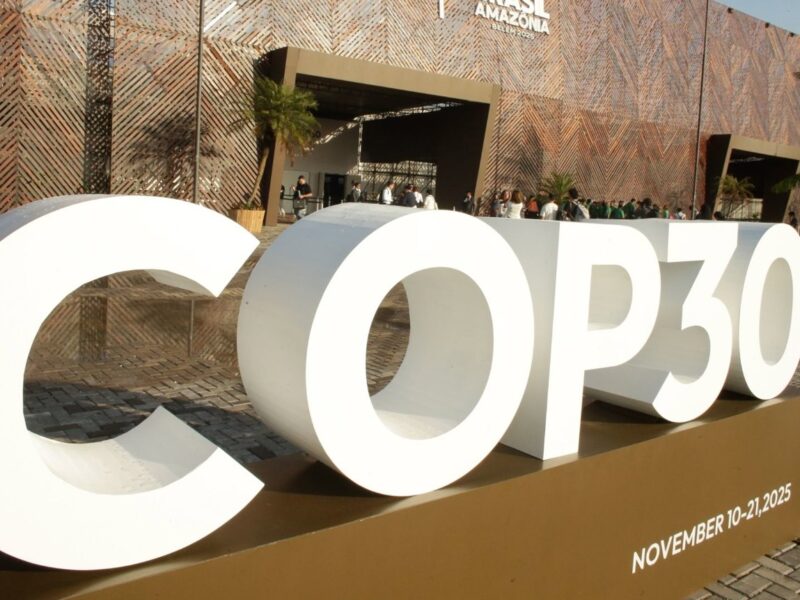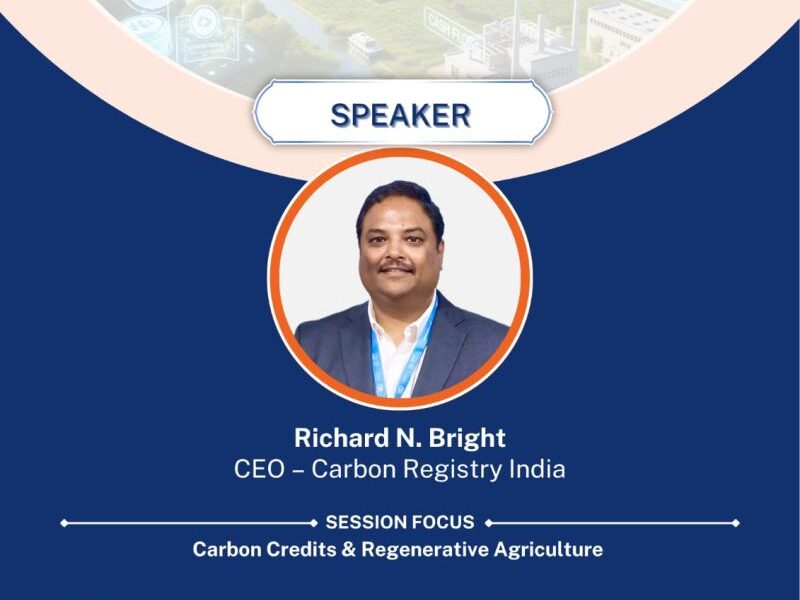Creating a Project Design Document (PDD) for a carbon project involves a detailed understanding of the project, its goals, methodologies, and measurement techniques. While it’s challenging to generate an entire PDD automatically, I can provide you with a general outline and key components to include.
You will still need to customize the content based on your specific project. Here’s a step-by-step guide:
- Executive Summary:
- Provide an overview of the project, its objectives, and the expected environmental and social benefits.
- Provide an overview of the project, its objectives, and the expected environmental and social benefits.
- Project Description:
- Explain the project’s location, timeline, and key stakeholders involved.
- Describe the project activities and methodologies used to reduce or remove carbon emissions.
- Outline the project’s scope and boundaries.
- Project Participants:
- Identify and provide details about the entities involved in the project, such as project developers, investors, and local communities.
- Identify and provide details about the entities involved in the project, such as project developers, investors, and local communities.
- Baseline Scenario:
- Describe the baseline scenario against which emission reductions will be measured.
- Explain how the baseline scenario was determined and the data sources used.
- Additionality:
- Justify how the project activities go beyond what would have occurred in the absence of the project.
- Include information on any regulatory, financial, or technical barriers that the project overcomes.
- Methodology:
- Detail the methodology used to quantify and monitor carbon emissions reductions or removals.
- Reference internationally recognized standards or methodologies, such as the Clean Development Mechanism (CDM) or Carbon Registry-India standard (CRIS).
- Monitoring and Reporting:
- Explain the monitoring plan for tracking project activities and associated emissions.
- Provide details on the data collection methods, frequency, and quality assurance and quality control (QA/QC) procedures.
- Outline how the data will be reported and verified.
- Environmental and Social Impacts:
- Assess the potential environmental and social impacts of the project.
- Include measures taken to minimize negative impacts and enhance positive ones.
- Discuss any stakeholder engagement and consultation processes.
- Risk Assessment and Management:
- Identify potential risks and uncertainties associated with the project.
- Develop a risk management plan outlining strategies to mitigate and manage these risks.
- Financial Plan:
- Provide a detailed financial analysis, including project costs, revenue streams, and investment returns.
- Discuss the funding sources and mechanisms for project implementation.
- Stakeholder Endorsements:
- Include any letters of support or endorsements from relevant stakeholders, such as local communities, government authorities, or NGOs.
- Include any letters of support or endorsements from relevant stakeholders, such as local communities, government authorities, or NGOs.
- Annexes:
- Attach any supporting documentation, such as project-specific data, maps, or technical reports.
Remember, this outline is just a starting point, and you’ll need to customize the PDD based on the specific requirements of your carbon project and the applicable standards or methodologies you’re following.


